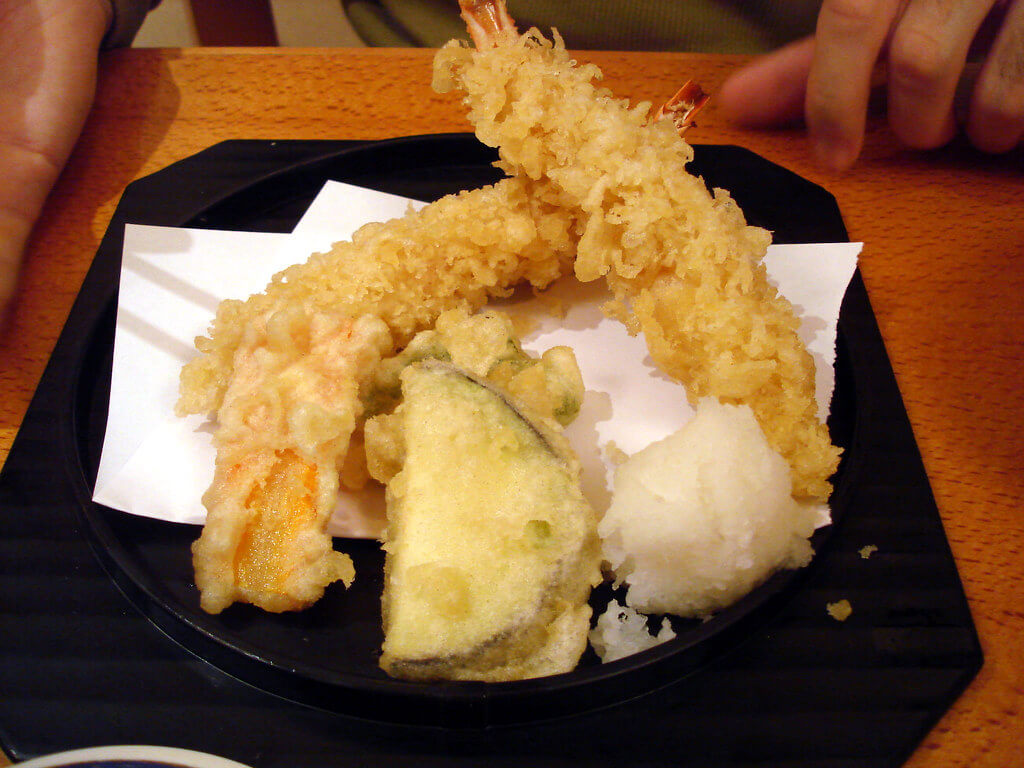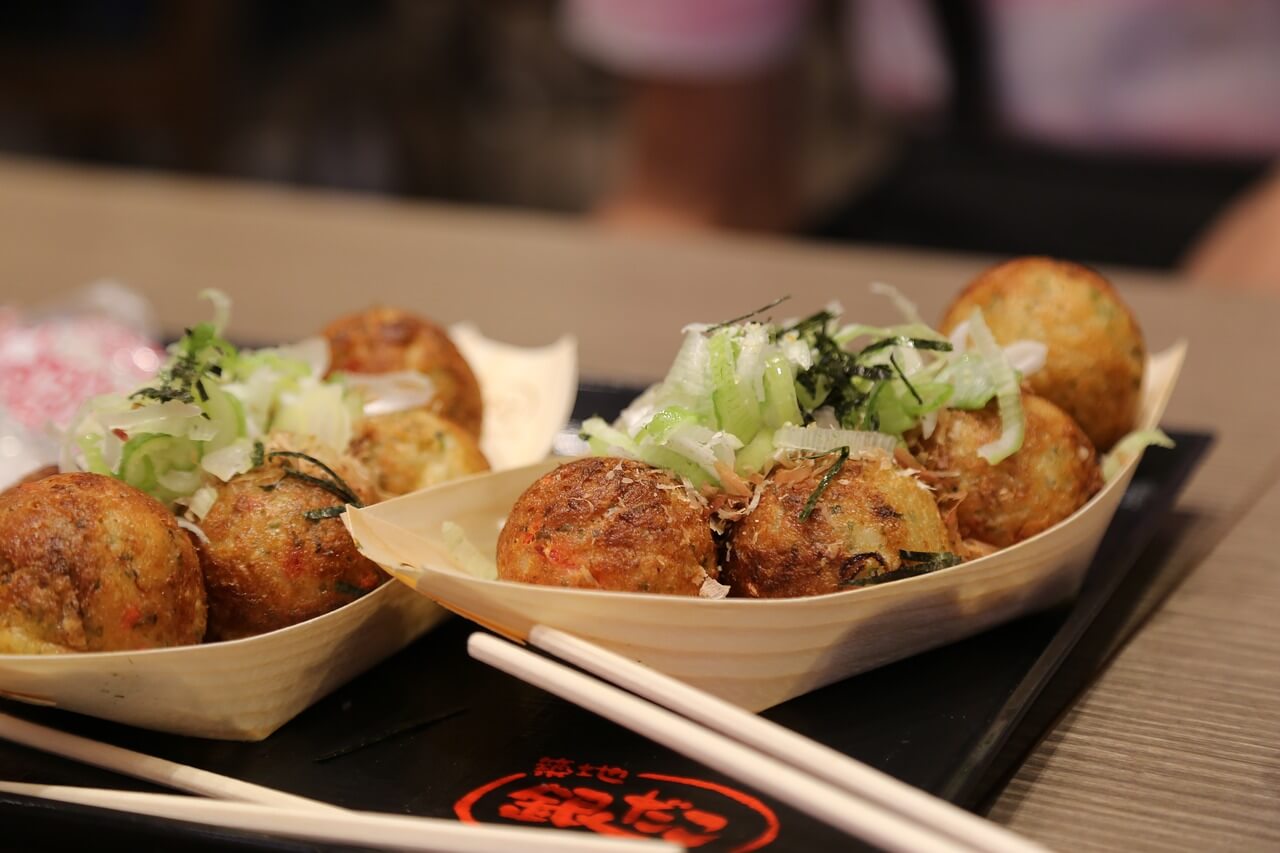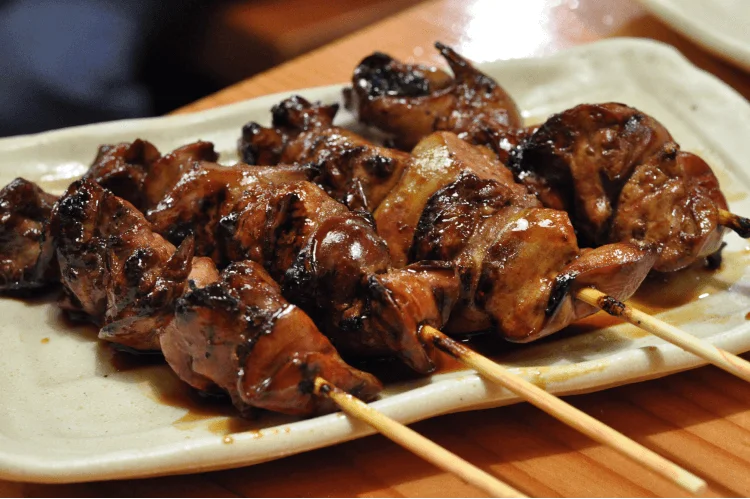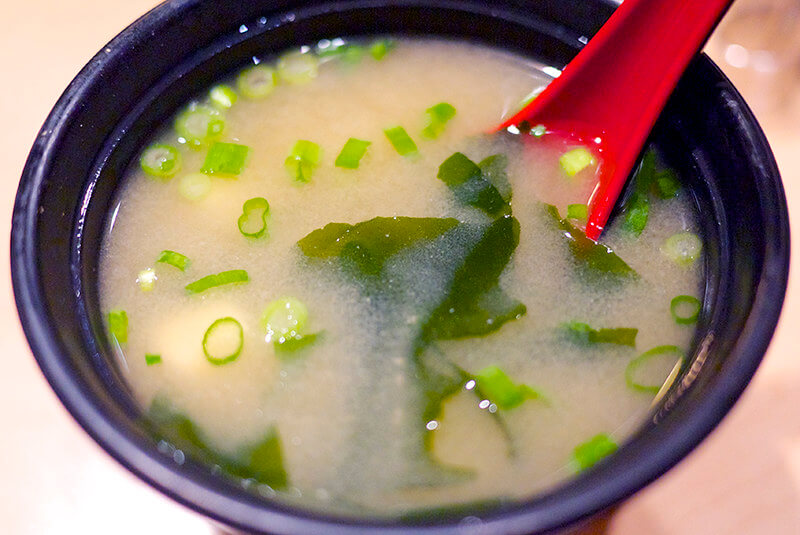Excited to delve into the stunning scenery of Japan, a country where the ancient and the futuristic collide? Be it the historical wonders or urban sensory overload, our exploration of this beautiful nation will reveal the best of Japan to you.
Below is our personally tailored 10-day plan, packed with highlights and hints to ensure your visit is memorable for all the right reasons.
Join us as we traverse the beauty of Japan’s diverse landscapes and make the most of every second of your journey – and an unforgettable adventure!
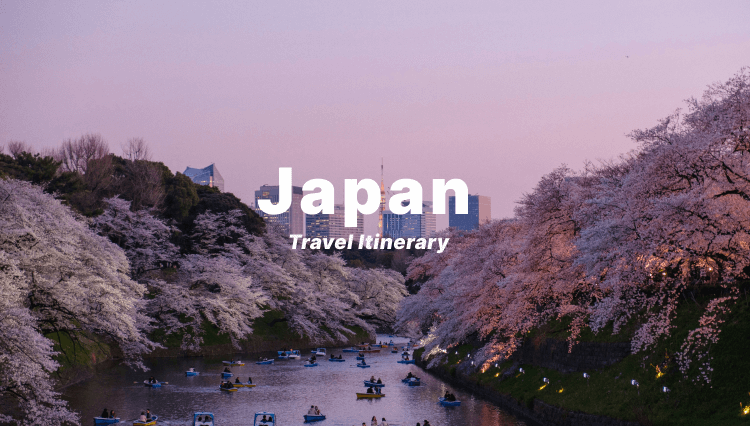
1. Considerations When Planning Your Japan Travel Itinerary
Here's a few things to consider when planning your Japan trip to make the experience more enjoyable:
Budget: Dictates where you can stay, eat, and visit.
Accommodation Options: From budget hostels to luxurious ryokan.
Time of Year: Cherry blossoms in spring, autumn leaves in fall.
Things to Do in Japan: History, shopping, nature – the choice is yours.
Health and Safety: Read up on travel alerts and make sure you pack your meds!
Visas and Travel Advisories: Check visa requirements and any travel restrictions.
2. Perfect 10-Day Japan Travel Itinerary
Now, though, we want to get started on a well-plotted 10-day trip plan which will give you a taste of Japan from cityscapes to temples.
Detailed Itinerary for Day 1 to Day 10
It’s a ten-day itinerary of city thrills and cultural insights, taking you from Tokyo to Kyoto and more, with a little bit of everything in store.
Day | Destination | Recommended Activities |
1-2 | Tokyo | Day 1: Arrival, Tokyo Tower Day 2: Sensoji Temple, Ginza, Shibuya Sky |
3-4 | Kamakura | Day 3: Komachi-dori food, Kamakura High School Day 4: Hasedera Temple, Kamakura High School Station, Shichirigahama |
5 | Mount Fuji | Lawson, Arakurayama Sengen Shrine, Shimoyoshida Hikawa Tokei, Oshino Hakkai |
6-7 | Osaka City | Day 6: Shinsaibashi, Shopping Mall Day 7: Shinsaibashi, Tsutenkaku |
8 | Kyoto | Rent a kimono, Kiyomizu Temple, Ninnen-zaka, Kamo River |
9 | Nara | Kasuga Taisha Shrine, Mt. Wakakusa |
10 | Osaka | Rest, Shinsaibashi, Department Stores |
Day 1-2: Arrival and Exploring in Tokyo
Get set to start your Japan itinerary in Tokyo, a city where old meets new in the coolest ways. Spend your first days ticking the classics off your hit list, and discovering a few lesser-known gems that will set the pace for your time in this fast, furious and madly fun metropolis.
Where to Visit:
Tokyo Tower: It stands tall as Tokyo’s answer to the Eiffel Tower, and you won’t want to miss the view from the top. Head up to the observation decks for a vista that seems to stretch forever.
By dusk, the tower lights up, and the twinkling cityscape will have you firing off sky-high selfies!
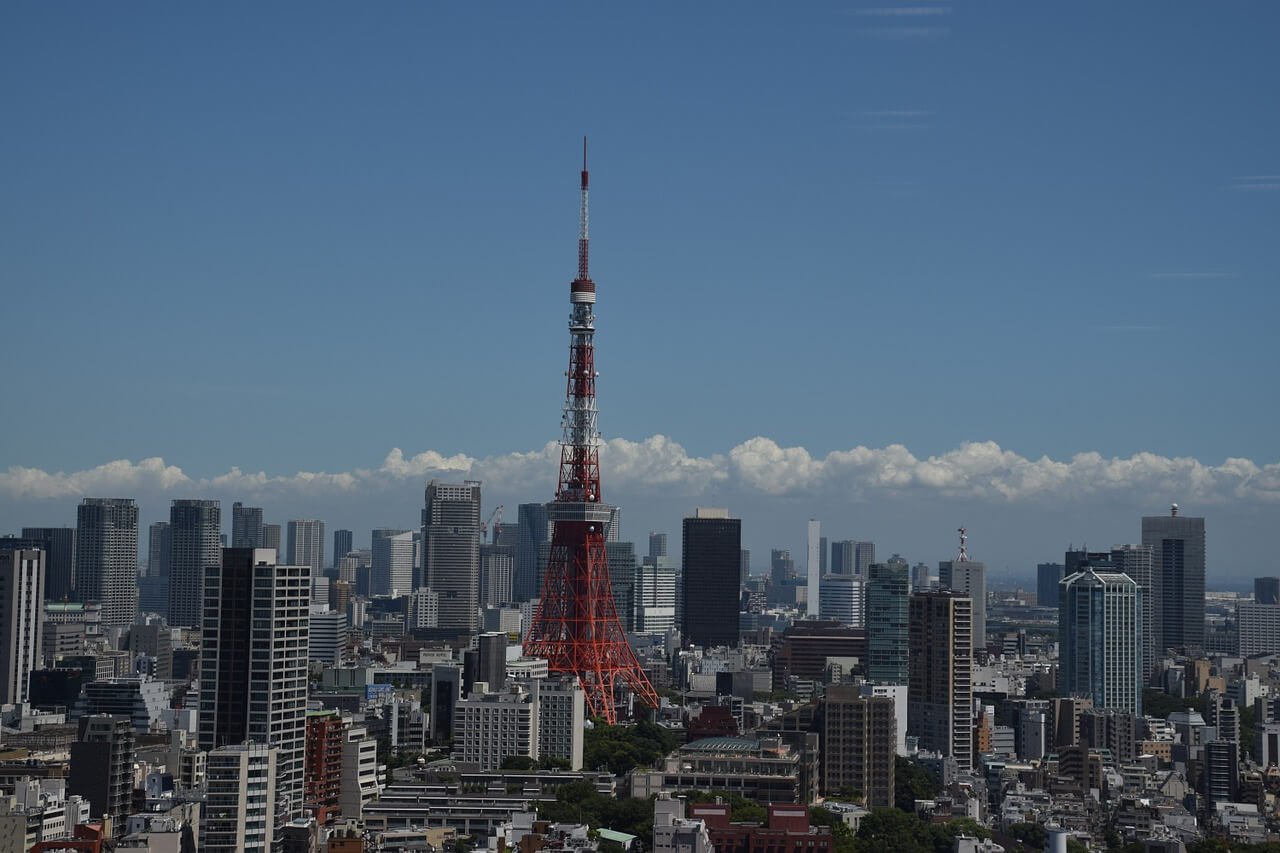
Sensoji Temple: At Sensoji Temple, you’ll be whisked back through the centuries to a bustling spiritual heart.
Pass under the imposing red lantern then head down the Nakamise Shopping Street for tasty traditional treats like mochi balls, or pick up a handcrafted souvenir.
Ginza: For designer luxury and refined taste, look no further than Ginza. Shop at some of the world's most exclusive boutiques, dine in high-class eateries or simply soak up the polished perfection with a stroll.
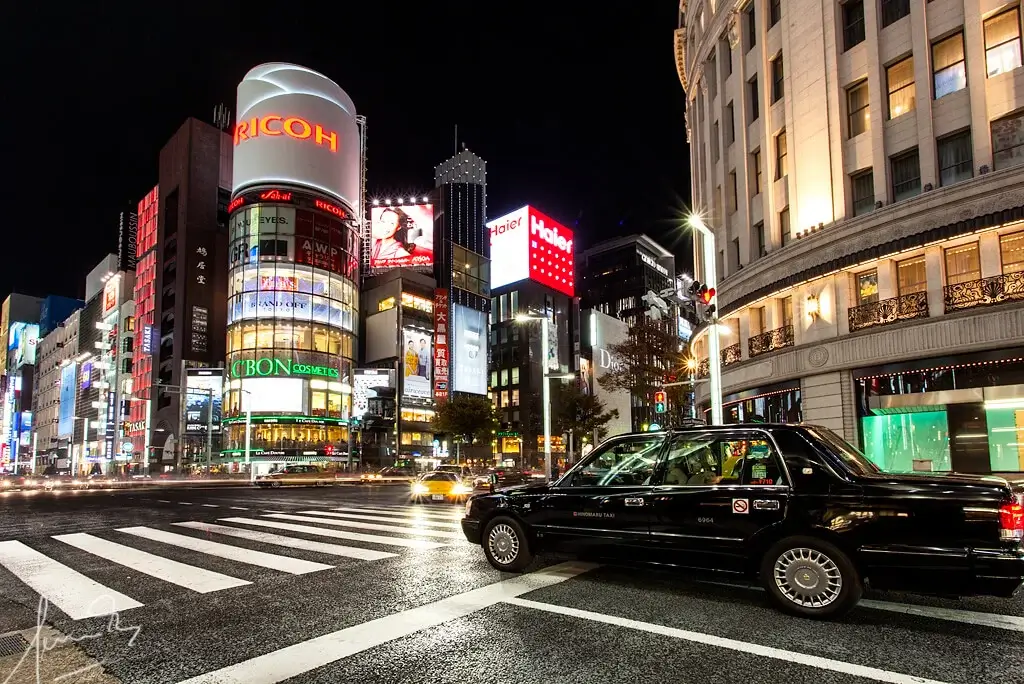
Shibuya Sky: See the city from above at Shibuya Sky. This skyscraper offers 360-degree views, but it’s best at dusk when Tokyo lights up as the day turns to night.
Where to Stay:
Choose a hotel in Shinjuku for its central location and lively atmosphere. Shinjuku is a major transportation hub, making it easy to explore other parts of the city.
1. Buy a Japan Rail Pass to whisk around stress-free.
2. It’s a real time and cost saver when traveling between cities, and even more so for longer distances.
3. Start early the next day to get in the fastest queues for popular sites.
4. You’ll be doing a lot of walking, so wear comfy shoes!
Day 3-4: Discovering Kamakura
Move on to the picturesque coastal town of Kamakura, renowned for its history and natural beauty. Spend two days exploring ancient shrines and lush surroundings, and get a sense of Japan’s heritage.
Where to Visit:
Komachi-dori Food: Just a hop, skip, and a jump from Kamakura Station, this foodie's paradise offers fragrant sweet potato treats, fish-shaped taiyaki cakes, and an array of mouth-watering seafood – a taste of Japan in every mouthful!
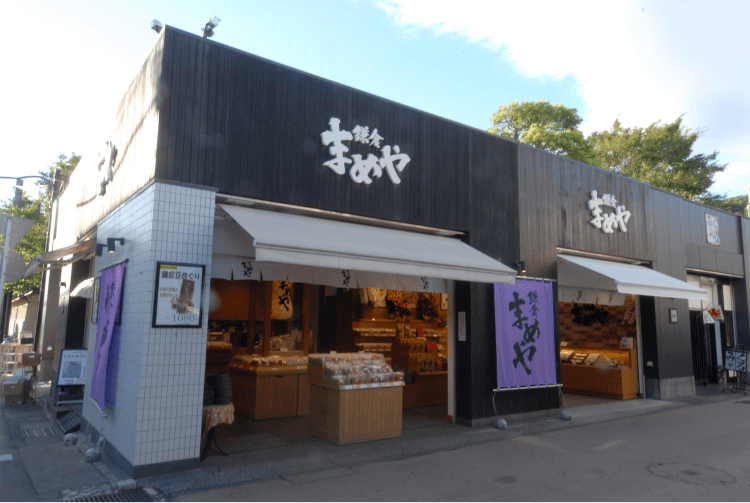
Kamakura High School: More than a place of learning, this school will resonate with pop-culture fans and nature lovers, with breathtaking coastal views providing plenty of serene spots to stroll or snap a photo.
Hasedera Temple: Hasedera Temple is a haven of peace set amidst lush gardens.
Contemplate the towering Kannon statue, wander the floral gardens, and bask in more ocean vistas – a spiritual salve.
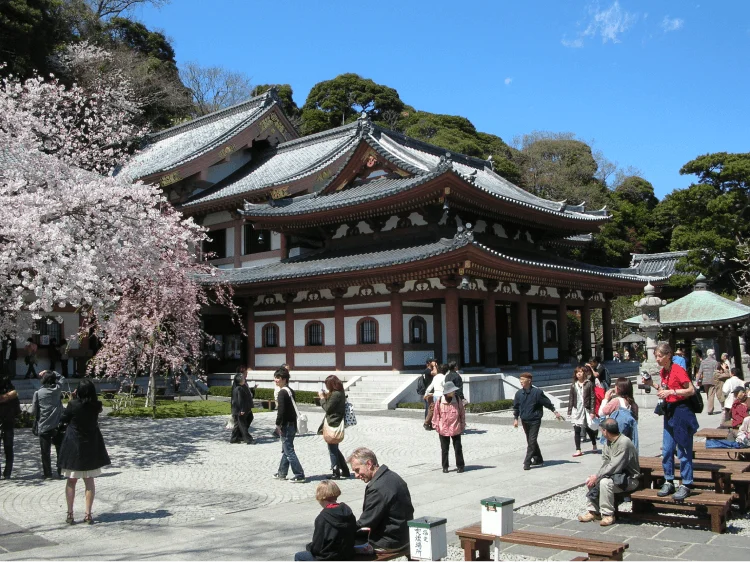
Kamakura High School Station: Again, not just a stopover – this station offers some beautiful coastal views, and makes a cute souvenir photo spot.
Shichirigahama Beach: Seek refuge as the day draws to a close on Shichirigahama Beach.
Whether for dramatic sunsets or the rare chance to spot Mount Fuji on a clear day, this spot provides tranquility and reflection.
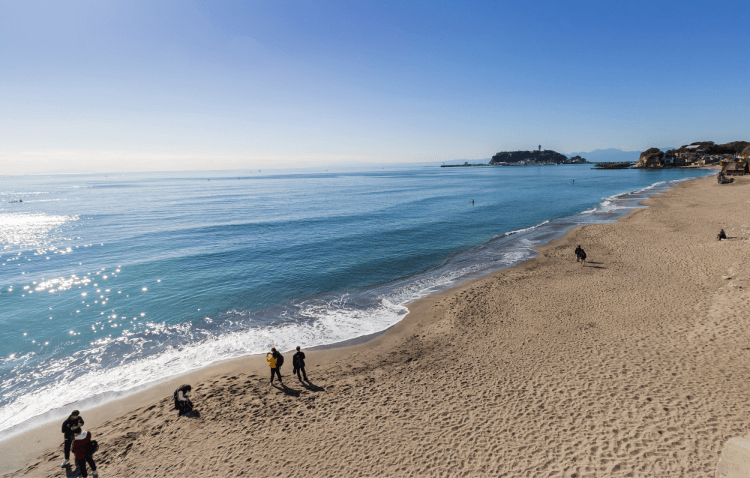
Where to Stay:
Opt for a traditional ryokan in Kamakura. Experience Japanese hospitality and traditional accommodations with tatami mats and futons.
1. Wear sensible walking shoes, as Kamakura is best navigated on foot.
2. Consider picking up a map of the town, as there's much history and culture to absorb.
3. Pack your camera for some great sunset shots on the beach. Dine at local restaurants for fresh seafood or seasonal fare.
Day 5: Adventure at Mount Fuji
Today’s journey to the foot of one of Japan’s most beloved natural landmarks takes in sacred shrines and quaint villages on the way, hinting at the natural beauties yet to come.
Where to Visit:
Lawson: A handy pit-stop to grab essentials for your day exploring the Mount Fuji area, from snacks to hiking gear.
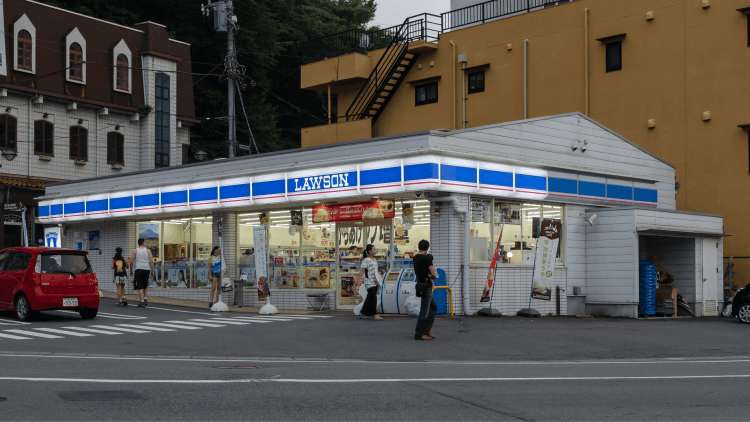
Arakurayama Sengen Shrine: Home to a pagoda that’s one of the most iconic views of Mount Fuji, this shrine is a photographer’s paradise. The cultural aesthetic combined with the breathtaking natural backdrop is a must-see.
Shimoyoshida Hikawa Tokei: A hike through these peaks makes for a real treat in the great outdoors, with trails that offer unobstructed views of Mount Fuji. It’s a prime setting to take in Japan’s stunning countryside.
Oshino Hakkai: This small village showcases traditional Japanese life, against a backdrop of eight crystal-clear spring ponds.
The rustic tranquility of the village is a serene window into a calm side of Japan.
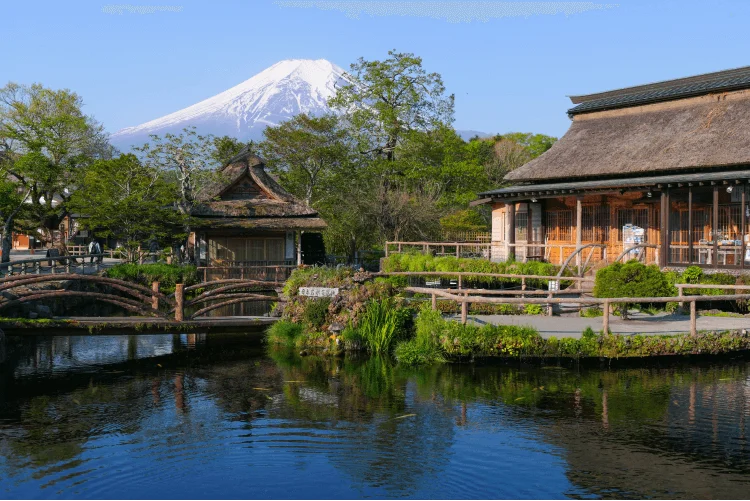
Where to Stay:
Book a stay in a Fuji area hotel for easy access. This ensures you can start your day early and fully enjoy the area.
1. Check the weather forecast for the best views of Mount Fuji.
2. Wear comfortable hiking gear and be prepared for varying weather conditions.
Day 6-7: Vibrant Osaka
Experience the lively spirit of Osaka, where the historical and the modern intersect in a bustling city setting, with a tour of some of the city’s liveliest markets and landmarks before a more in-depth cultural experience planned for the days ahead.
Where to Visit:
Shinsaibashi: The traditional/contemporary shopping district is a kaleidoscope of sights and stores, whether you’re shopping high-end boutiques or local oddities, it’s a shoppers paradise for all interests.
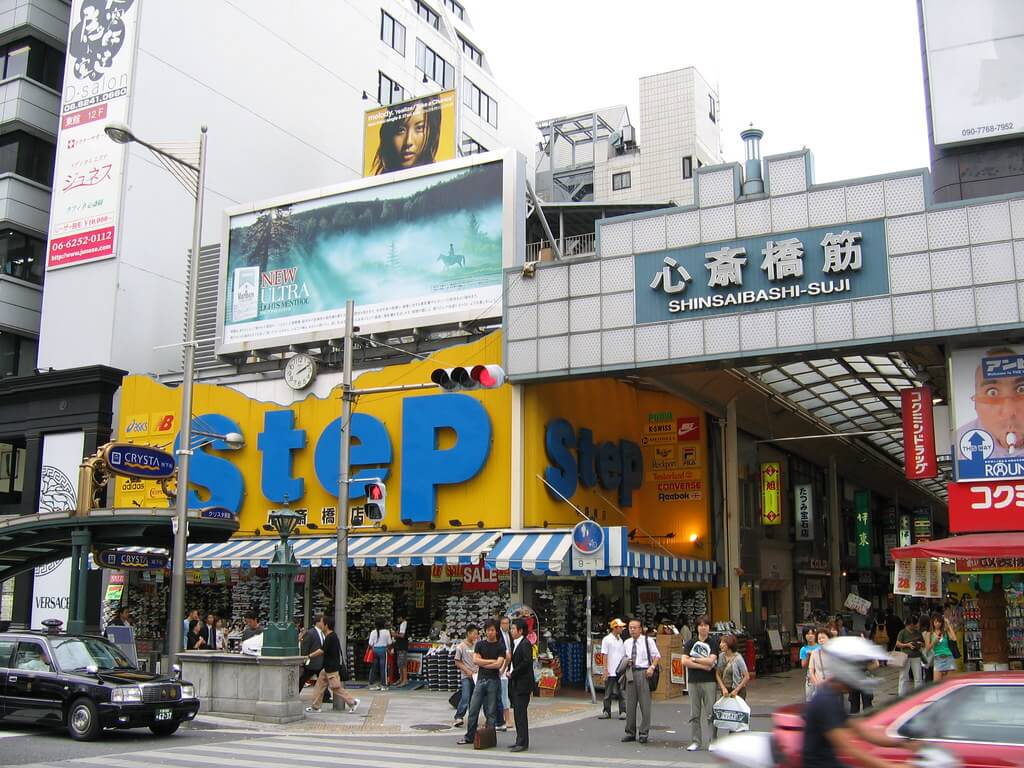
Local Department Store: In the midst of the hustle and bustle of Osaka, the quieter but no less busy malls are packed with souvenirs to buy and local tastes to try, often in the buzzing food courts.
Vintage Shops in Shinsaibashi: For a quirkier shopping experience, antique and second hand stores dot Shinsaibashi, each offering a local-but-distinctive style that mirrors the inventive fashion scene of Osaka.
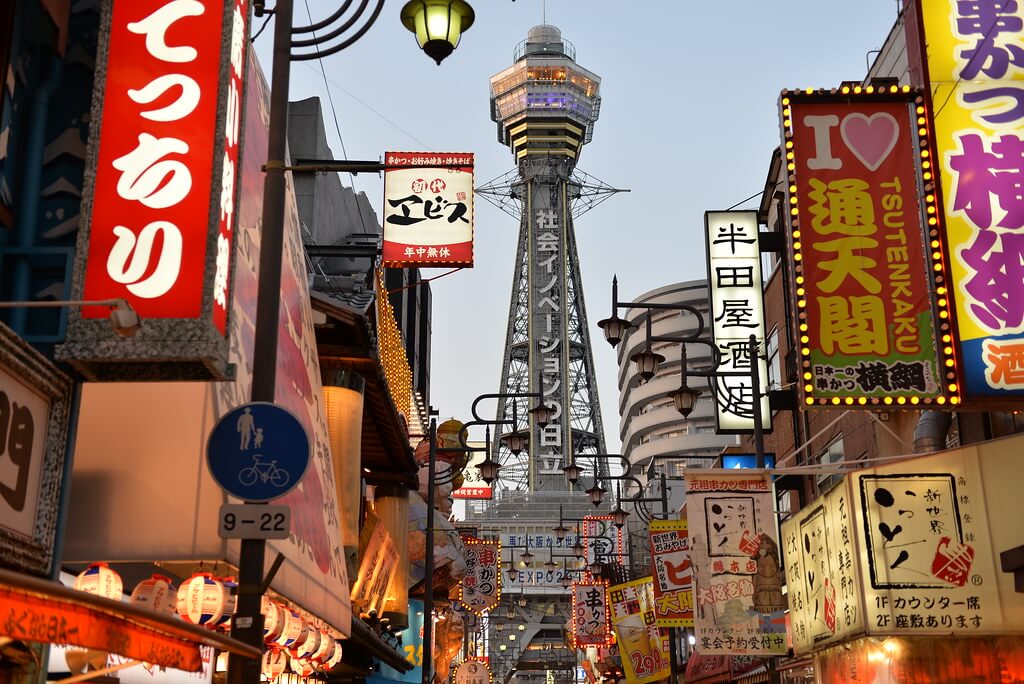
Tsutenkaku Tower: An Osaka landmark, the Tsutenkaku and the Shinsekai district that surrounds it is a nostalgic-almost journey with vintage charm and a host of local snacks alongside the packed but laidback shopping arcades.
Where to Stay:
Stay near Dotonbori for easy access to dining and nightlife. Try local favorites in the bustling area – street food specialties takoyaki and okonomiyaki are legendary here. Explore on foot for a real sense of the city’s energy.
1. Get an Osaka Amazing Pass for discounts on attractions.
2. Plan out your shopping day geographically to make the most of your time and engage with the area on foot to soak up the area’s brilliant vibe.
Day 8: Kyoto’s Cultural Treasures
Today we’re exploring some of the cultural highlights of Kyoto, known as a city of refined living and geisha entertainers – and taking in a few sights of this historic city.
Where to Visit:
Kimono Experience: Get a true sense of Kyoto culture by dressing in a kimono for the day. Strolling the city’s streets in traditional Japanese attire is a wonderful way to feel connected to your visit.
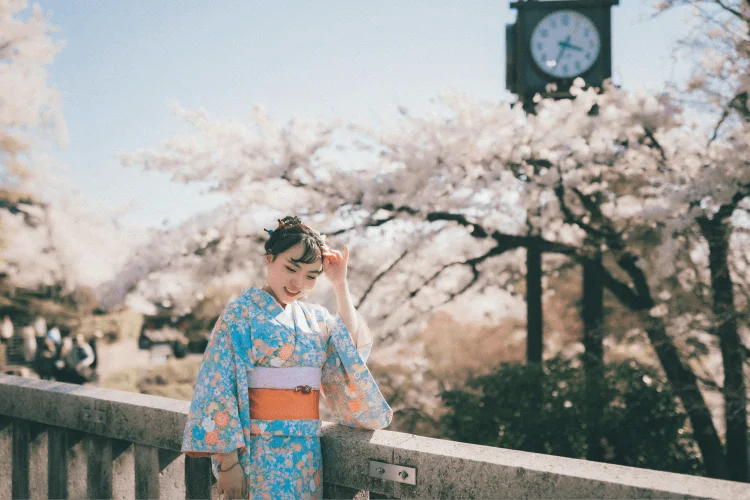
Kiyomizu Temple: Built on the side of a hill, Kiyomizu Temple is famous for its large wooden stage that offers a view of Kyoto through the trees. The historic temple is also architecturally significant.
Ninenzaka Street: This quaint street takes visitors back in time, with traditional shops and tea houses. An ideal place to wander and pick up omiyage (souvenirs), all in a preserved town scene.
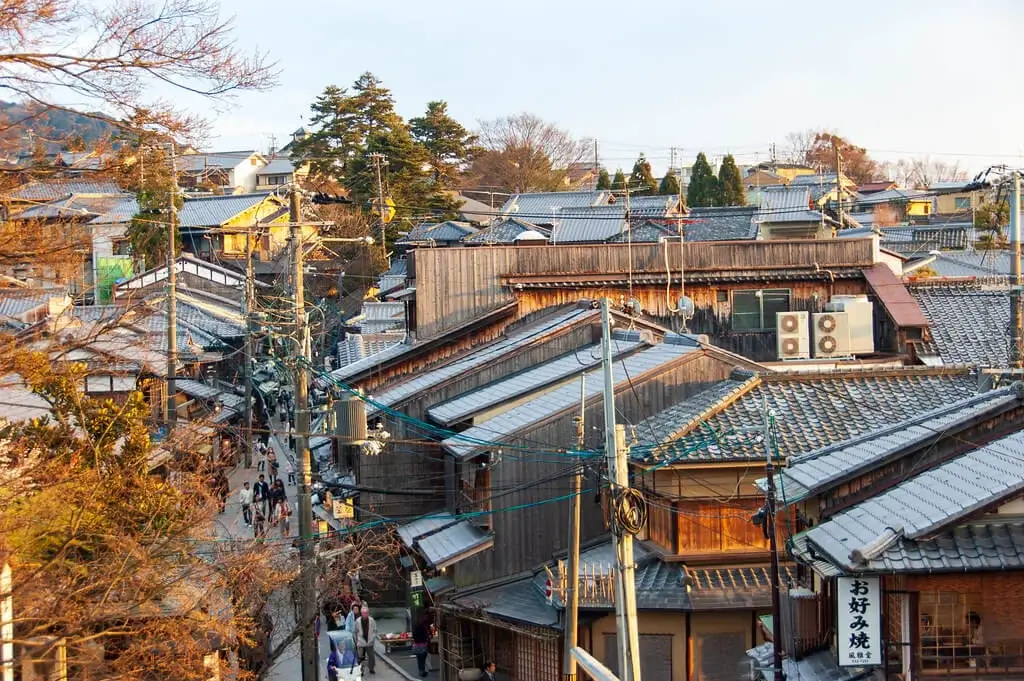
Kamo River: Take a leisurely walk along the Kamo River to unwind during the evening. The riverside is popular with locals and visitors alike and offers a chance to relax as the sun goes down.
Where to Stay:
Stay in a traditional machiya house and experience authentic Japanese living with tatami mats, sliding doors, and a cozy ambiance.
1. Book kimono rentals in advance.
2. Plan your day to cover major attractions and take your time to enjoy Kyoto’s rich cultural heritage.
Day 9: Tranquility in Nara
Chill out in Nara – relaxation becomes an art in this city of natural beauty and deep history, providing a calm respite for travelers. Venture further into Nara's quiet appeal to unveil even more wonders.
Where to Visit:
Kasuga Taisha Shrine: Walk through the paths lined with hundreds of glowing lanterns to transport yourself into a world of magic.
Stride through ancient trees, stopping to greet the inquisitive deer that may draw close for a look at you.
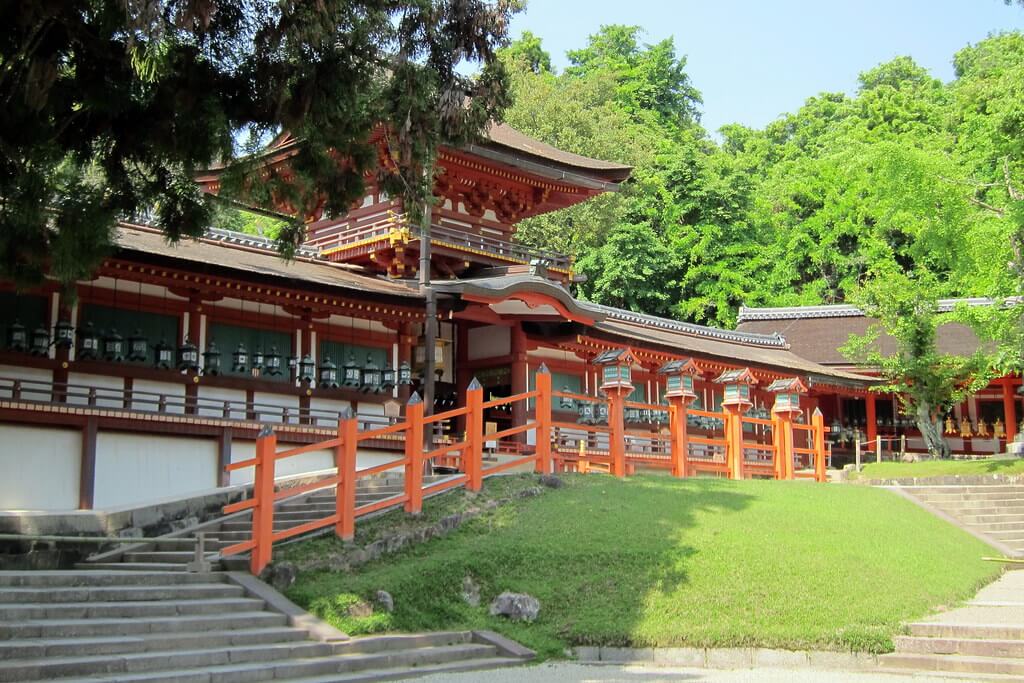
Mt. Wakakusa: If you want to stretch your legs, this wooded peak makes for an easy hike with fantastic views over Nara.
Whether you're up for a casual stroll or a hiking challenge, the path to the top offers some stunning city views and more.
Where to Stay:
Stay in Nara for easy access to attractions. Nara offers a peaceful retreat from busy cities, with a variety of accommodations to suit different preferences.
1. Be respectful of the deer; they are considered sacred.
2. Wear comfortable shoes for walking and hiking, and bring water and snacks for the hike.
Day 10: Relaxing in Osaka
Spend this, your last day in Osaka, with relaxed enjoyment, indulging in some final shopping and delicious dining. Check the list of all must-dos off your itinerary as you get ready to leave with fond memories and perhaps a little something extra in your suitcase for the journey home.
Where to Visit:
Shinsaibashi: It’s shopping time! Whatever gifts you’ve still to pick up, you’ll likely find them here, among the zillion options for fashionable items and unique souvenirs.
A wander through the maze of stores also offers sampling opportunities from the local street food scene, with plenty of treats to tantalize your taste buds.
Osaka Department Stores: If you have a taste for shopping and time on your hands, consider stopping by one of Osaka's grand department stores.
These have something for everyone, from traditional crafts to cutting edge electronics, and are a good place to seek out presents or reminders of your visit.
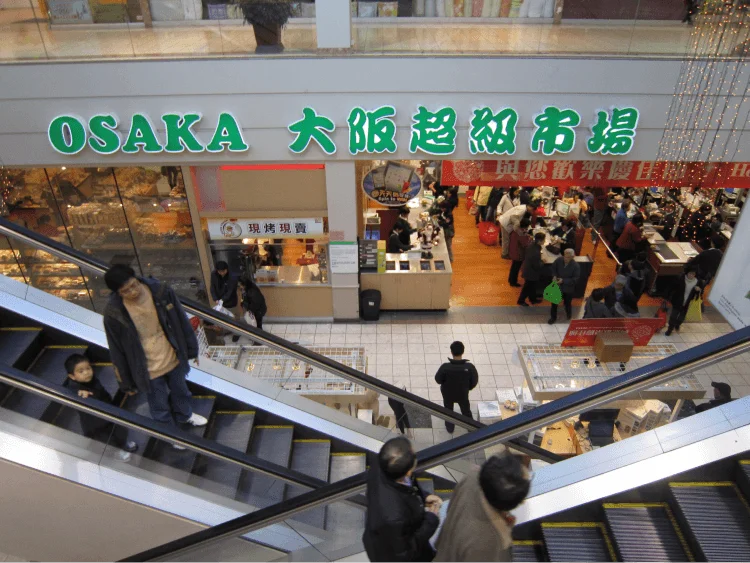
Where to Stay:
Stay near the airport for convenience.
Ensure all travel documents are ready, and take time to relax before your flight.
How to Shorten/Extend the 10-Day Route
To shorten the trip, consider skipping a day in Kamakura or Osaka, as these cities offer many similar attractions.
To extend your stay, add an extra day in Kyoto to explore more cultural sites or visit Hiroshima for its historical significance. Alternatively, you could spend additional time in Tokyo to explore more districts like Shibuya and Shinjuku.
3. Top 10 Japanese Food and Drink
Japanese culinary art balances flavors with an emphasis on umami and a respect for seasonality and craftsmanship that elevate each dish to an expression of the country's rich cultural and gastronomic history.
1. Sushi:
Vinegared rice with raw fish or seafood, usually served with wasabi, pickled ginger, and soy sauce. The very definition of Japan's concept of serving only the freshest ingredients.
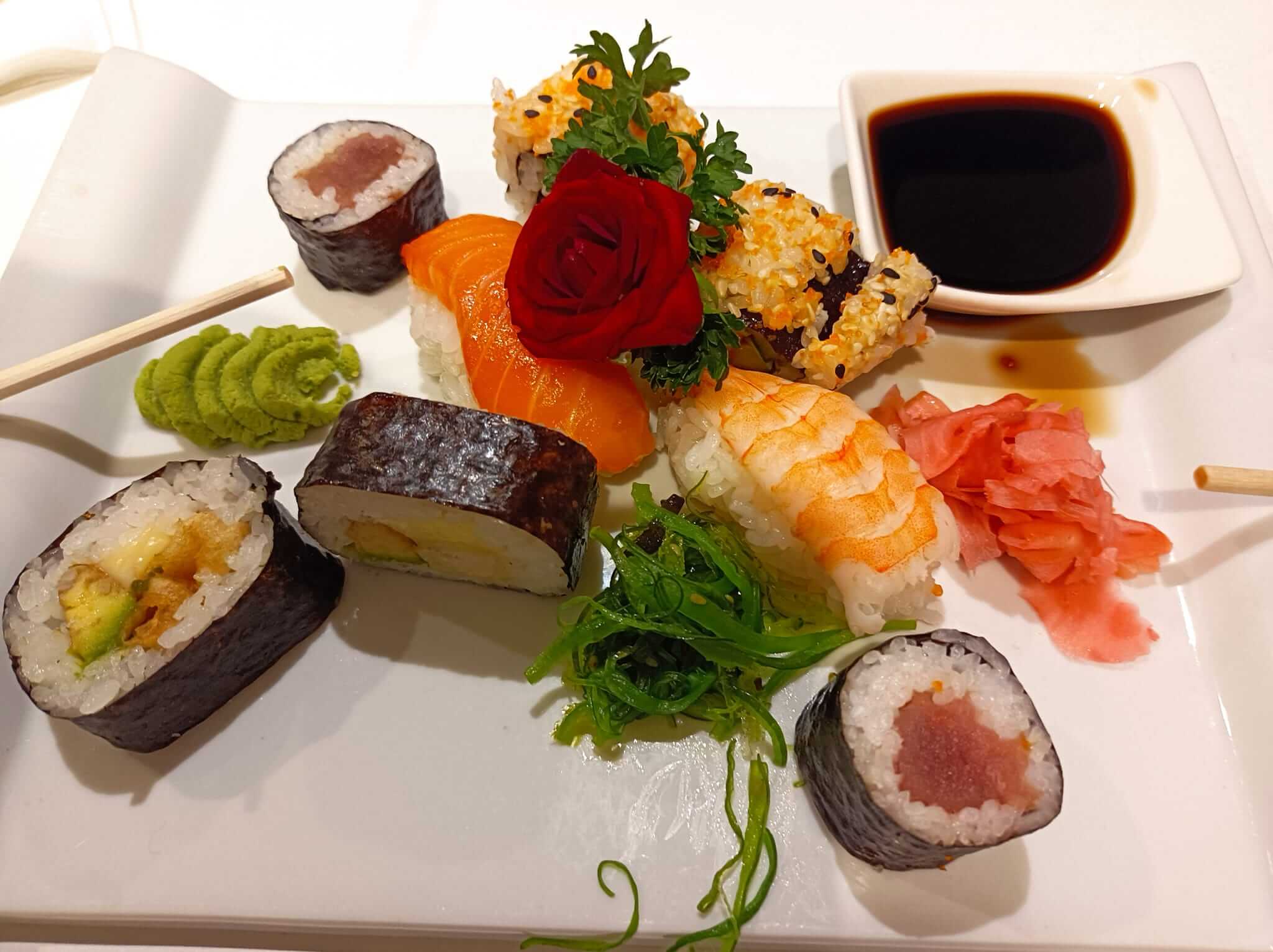
2. Ramen:
A noodle soup with a rich broth, often centered on pork, chicken, or miso, topped with meats, bamboo shoots, and more. Each Japanese prefecture has its own take on the classic.
3. Tempura:
Seafood or vegetables battered and fried until crispy, and served with dipping sauce. Its contrasting textures are a delight.
4. Okonomiyaki:
A "Japanese pizza" pancake with cabbage, egg, and ingredients such as pork, shrimp, or more, flavored with a special sauce and mayonnaise.
5. Takoyaki:
Octopus-in-batter balls fried and topped with sauce, mayonnaise, and bonito flakes, a popular street food from Osaka.
6. Sashimi:
Thinly sliced raw fish or seafood, often diners will appreciate its taste unadorned, except for wasabi and soy sauce.
7. Yakitori:
Grilled and skewered chicken with salt or tare sauce seasoning, a simple, delicious accompaniment to an evening of drinks in a Japanese izakaya bar.
8. Udon:
Thick wheat noodles served in a light broth, often with tempura, fish cake, or green onions served as a garnish. Nourishing and suitable for any time of year.
9. Miso Soup:
A warm, savory soup of miso paste and dashi broth, typically with tofu, seaweed, and green onion. Essential comfort food.
10. Matcha:
Green tea powder is whisked in traditional ceremonies or as flavored batters and desserts. Known for its vibrant color, distinct flavor, and health benefits.
4. Additional Tips for Japan Traveling
Packing Essentials
When packing for Japan, take the expected weather and your planned activities into account. Here’s a list of things you might need:
a pair of comfortable walking shoes
a light jacket for cool evenings
an umbrella for rain.
a universal power adapter
required medications
travel-sized toiletries
pocket Wi-Fi or a SIM card
Cash, Local Apps for Payment and Transport
Japan remains largely cash-based, so you’ll want to keep enough yen on you for small purchases and transport. Most convenience stores will have ATMs.
To simplify your stay, make sure you get local apps such as Suica or Pasmo for public transport and PayPay for cashless shopping. The apps are convenient, simple, and will often save you money.
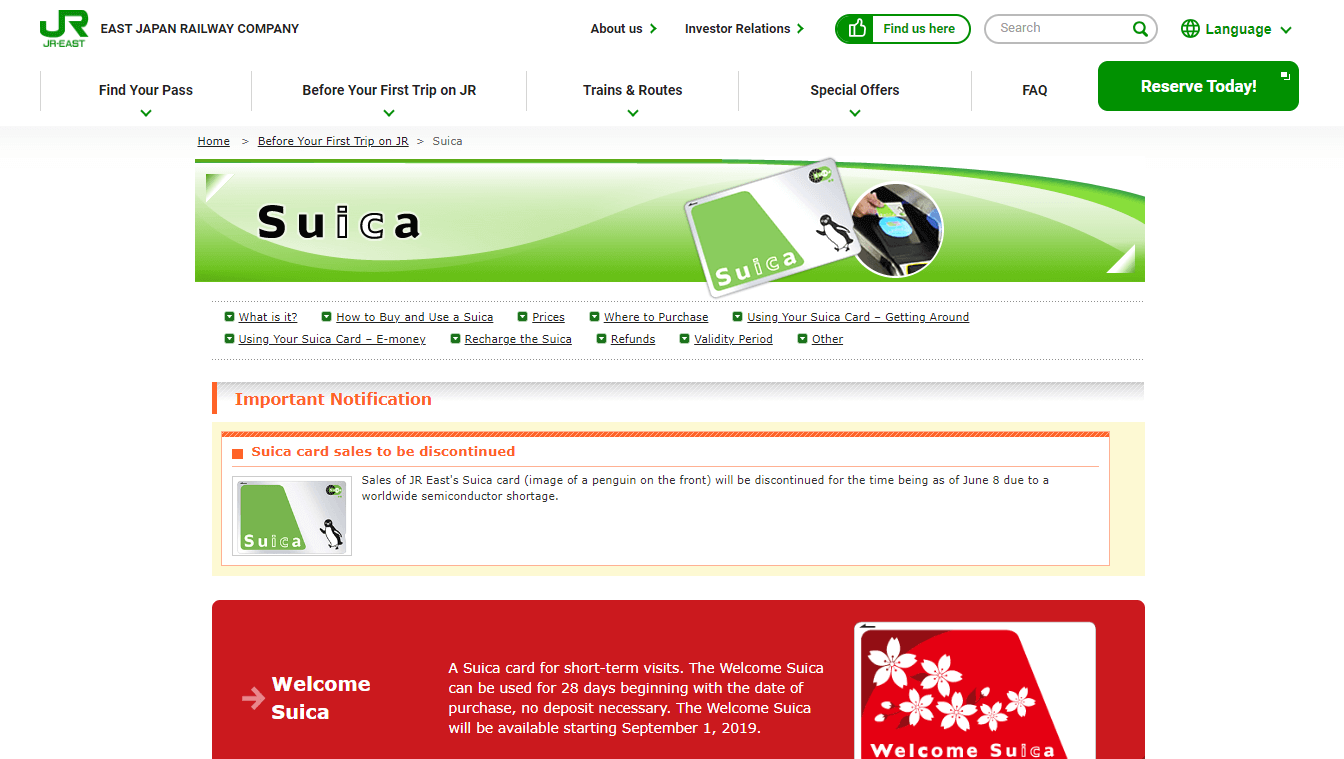
Local Etiquette and Customs
Being respectful of local customs is hugely beneficial.
Greet with a bow, opt for "Arigato" for thank you, and keep private conversations low volume in public areas. At shrines and temples, modest dress is expected – also, be prepared to remove your shoes upon entering certain areas.
Tipping is not required, and can, in fact, sometimes be seen as rude. Offer or receive items with both hands where possible.
To enrich your experience, you can also explore fun facts about Japan.
Transport Options
Japan boasts excellent, efficient transport options. Trains are the primary form of transportation over long distances, with the Shinkansen (bullet train) service being especially swift and comfortable.
Buses offer the best value for intra-city travel, while urban locales are serviced by subways and overground train lines. For unlimited travel access including the Shinkansen, consider purchasing a Japan Rail Pass in advance.
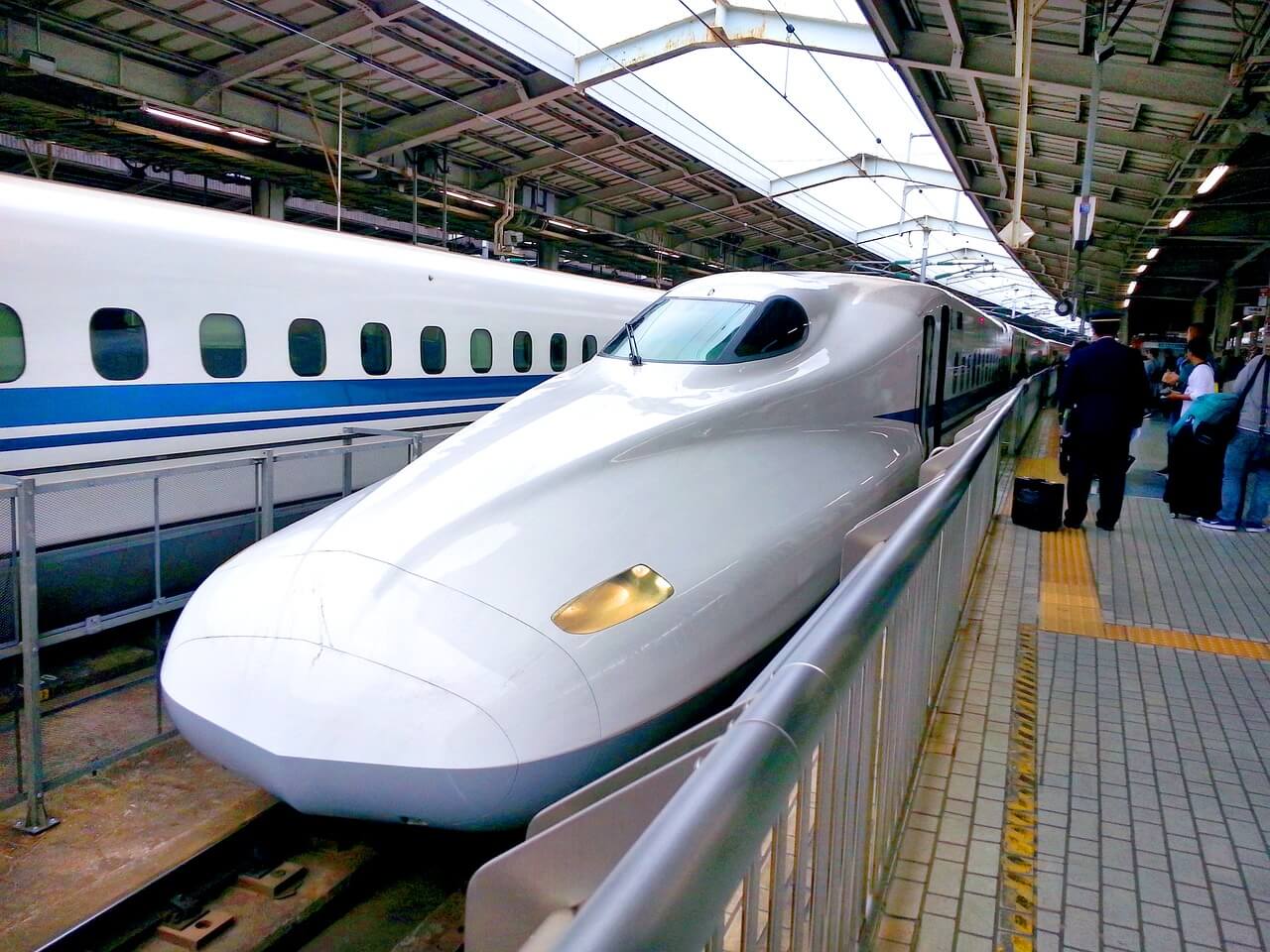
Renting a Car or Scooter
If you fancy exploring a bit more freely, renting a car or scooter makes an excellent option – although caution is advised.
Japan drives on the left hand side and roads can be narrow in some areas and very busy in others. Make sure you secure an International Driving Permit.
Plus sides are the freedom to explore off the beaten path; downsides are navigating unfamiliar road regulations. Motorbikes or scooters should be worn with a helmet at all times, and be aware of local road rules.
Communication: Language Tips
While English is fairly widely spoken in touristy areas, learning a handful of easy Japanese phrases goes a long way. Below is some useful terms and Japanese etiquette:
Konnichiwa - hello
Sumimasen - sorry/excuse me
Doko desu ka - where is it
Please - onegai shimasu
Thank you - arigato gozaimasu
Summary
And that’s a wrap on our epic 10-day adventure through Japan!
From the bustling streets of Tokyo to the tranquil gardens of Nara, we’ve poured our hearts and souls into this itinerary in the hopes it will lead you to some of the magic this amazing country has to offer.
Get planning, take our advice, and have an amazing trip – we hope you have an unforgettable time exploring Japan. Enjoy every second!

